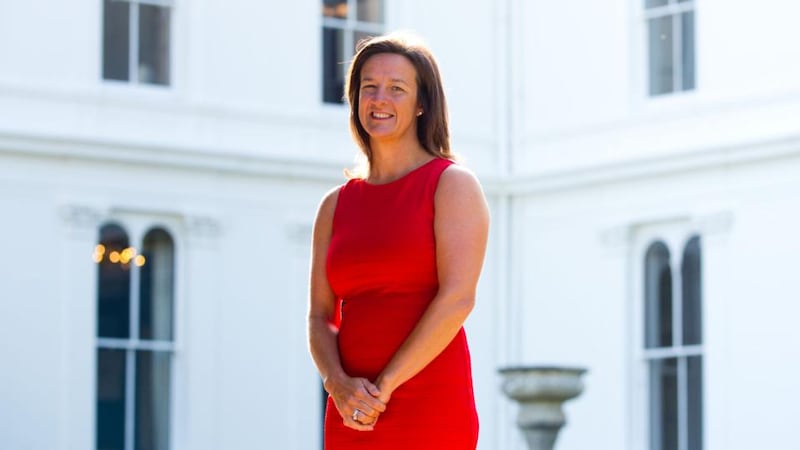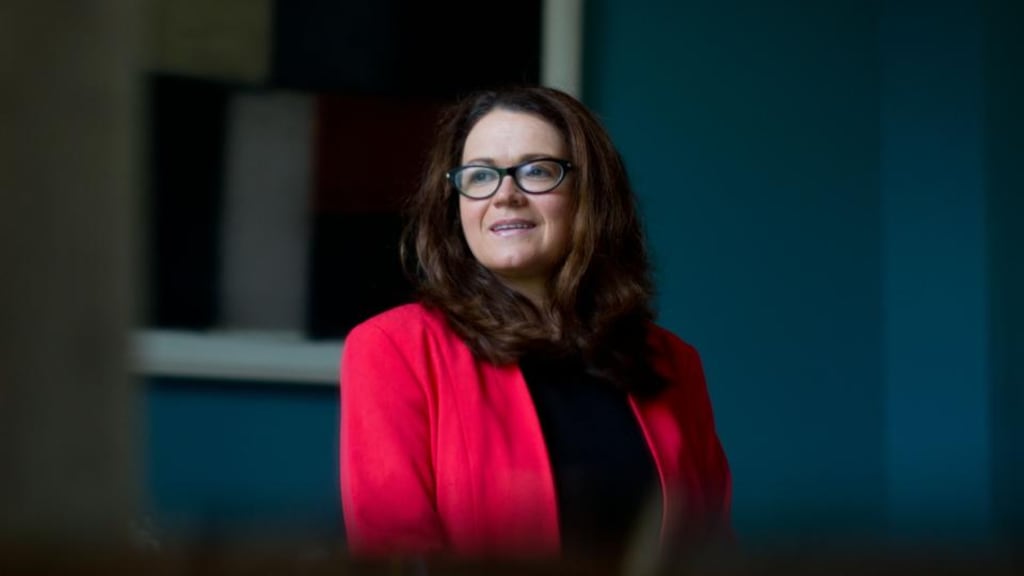The University of Limerick is pioneering a new approach to evaluating research which focuses on assessing its impacts in the world beyond academia. University of Limerick Research Impact highlights best practice among the university's research community with the objective of promoting academic excellence while maximising impact in the wider world.
"The University of Limerick has often been described as innovative, pioneering and connected to the real world", says UL research vice-president Dr Mary Shire. "We pride ourselves on a reputation for delivering research which makes an impact for industry, society and the wider community. A significant aspect of our research strategy is a commitment to deliver research which moves the world forward. Our guiding principle is the pursuit of excellent research that is measurable, achieved through collaboration and focused on the ultimate goal of delivering impact is the cornerstone of our research strategy."
According to Prof Shire this is not new to the university. “Research impact is something UL has done for a long time. Research is about creating new knowledge and at UL it’s also about translating it and making it useful in the real world.”

Professor Helena Lenihan of the Kemmy Business School worked with Shore on the new approach. "Research impact is in the DNA here at the University of Limerick," she points out. "But we don't just want to have an impact, it has to be underpinned by excellent research."
New focus
Shire explains the rationale behind the new focus on research impact which is also in evidence internationally. “There is a need to ensure that research is being translated in a more efficient way so that it can be taken up externally”, she says. “That can be through commercialisation, new practices in industry, or even in new government or business policies. It’s a question of how we connect academia with the real world. It’s not about ivory towers any more. Also, governments have to look at how their money is being spent and they are looking for value for money. Across the world it is no longer good enough to measure academic research purely in terms of numbers of PhDs, publications and citations. You now need evidence-based proof of impact as well.”
But, she points out, the challenge in establishing that impact is created by the fact that cause and effect are often not very obvious.
“We are looking at groups of people working together and at the effect of their collective effort and how it has come about. The approach to innovation and creative thinking has changed, it’s not just about sitting around with like-minded people anymore. Putting it crudely we have to ask who the customer is. It’s not just academic papers gathering dust on shelves. We have to ask why we’re doing the research.”
Attempts have already been made in the UK at formalising the measurement of research impact. The Research Excellence Framework (REF) is the new system for assessing the quality of research in UK higher education institutions and it assesses impact in terms of “an effect, change or benefit to the economy, society, culture, public policy or services, health, the environment or quality of life, beyond academia”.
“A case study approach is used in the UK to assess impact,” Prof Lenihan points out. “The case study is a narrative about what has been done and what the impact has been and it is evaluated and validated by an external committee. We have used the same approach to do case studies on research in each of our four faculties of Arts, Humanities and Social Science, Kemmy Business School, Education & Health Sciences, and Science and Engineering.”
One case study looked at the innovative work of Dr Maura Adshead together with Dr Chris McInerney of the Department of Politics and Public Administration in the area of policy research and civic engagement. Questions explored include how we ensure our government and its policies are informed by the needs of our citizens? How do we encourage our citizens to become active participants in forming the policies which affect their future? The work has informed the training of public administration officials at a national and local level and has been applied in a number of communities including migrants and asylum seekers.
In the area of business the case study explored the work of Professor Patrick Gunnigle and Dr Jonathan Lavelle on the wide impact of the multinational sector on Irish society from labour and management practices to influencing future entrepreneurship, skills and technology transfer and FDI investment.
Another case study subject was the revolutionary approach to the way we understand and treat back pain and other musculoskeletal conditions. The UL team co-led with the HSE the establishment of a first-of-its kind programme national musculoskeletal triage initiative across 12 HSE hospitals which reduced hospital waiting lists by 22,000 patients.
Case Study
The Synthesis and Solid State Pharmaceutical Centre (SSPC) at UL was the subject of the fourth case study which looked at the centre’s work on addressing the lack of cohesion between research and the pharmaceutical industry. Through SSPC, collaborations have been formed, which ensure that best practice and process knowledge is shared, making the sector more competitive, leading to a concentration of high-value R&D innovation and advanced manufacturing here in
Ireland
.
According to Lenihan the objective is to ensure that impact is embedded into research from the beginning. “If you consider the impact pathway before you start it can lead you to rethink your approach to the research”, she says. “This can open doors to a whole new audience and it can make you pause to think what the research pathway might look like and who might be affected by it over time.
“When we are reviewing the research impact we are asking what happened that would not have happened without it. That’s the key; what happened in society or the economy as a result of the research. The big question to answer is how the research has impacted in terms of changing people’s lives, creating new jobs, or on the development of public policy.”
The University of Limerick has already come through external assessment of the impact of two of its main research centres – the SSPC and the software centre LERO – by Science Foundation Ireland (SFI). "SFI is the only agency internationally doing a dual review of academic standards and research impacts and we have come through both", says Shire. "The case study approach to measuring research impact offers a new resource which will give confidence to our industry and other partners that their investment of time and resources is worthwhile."


















